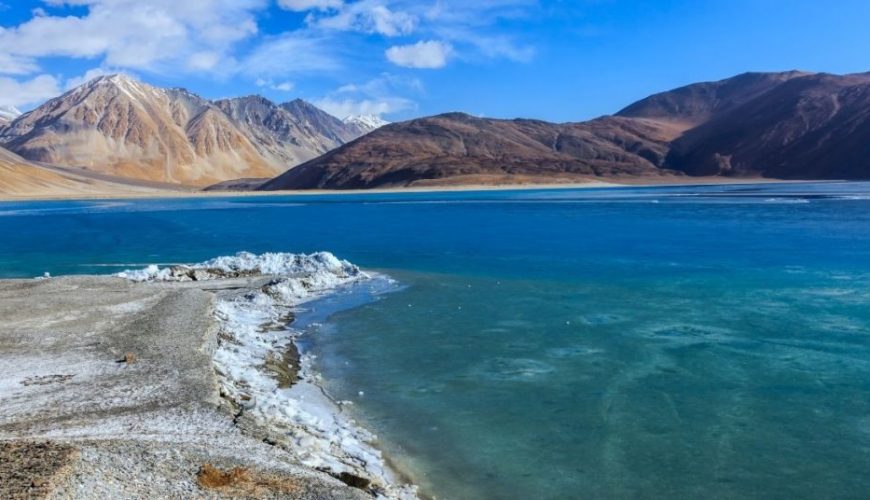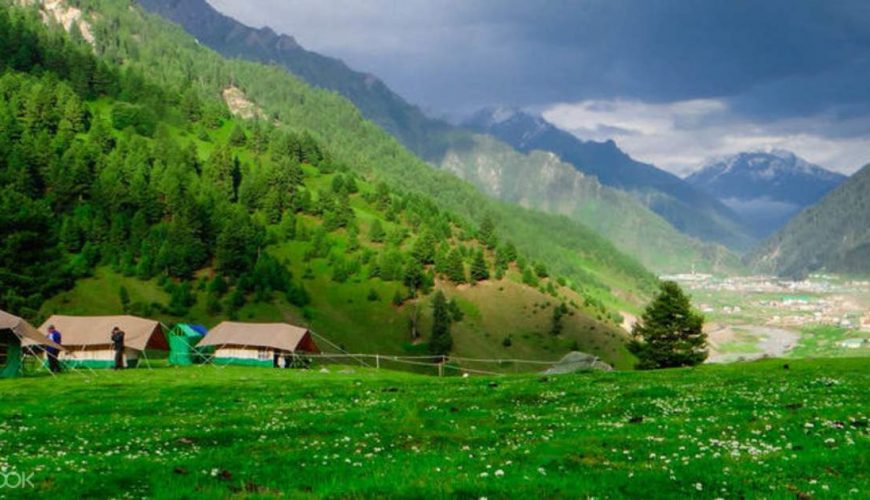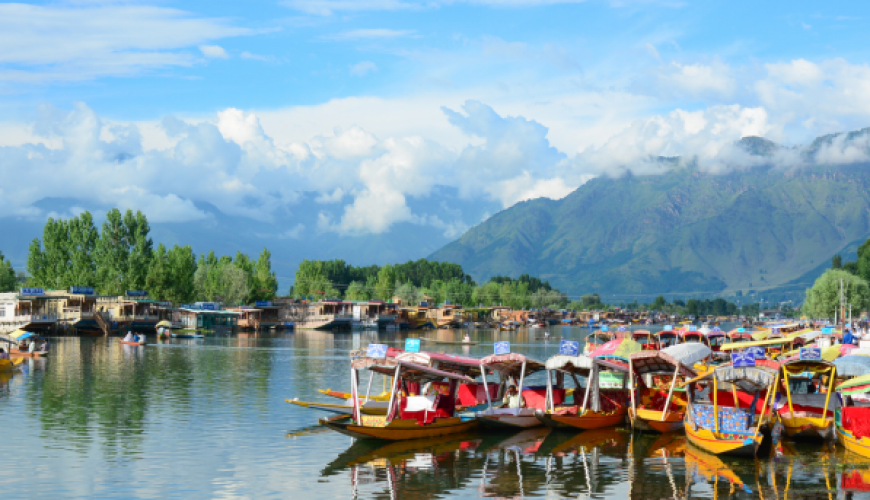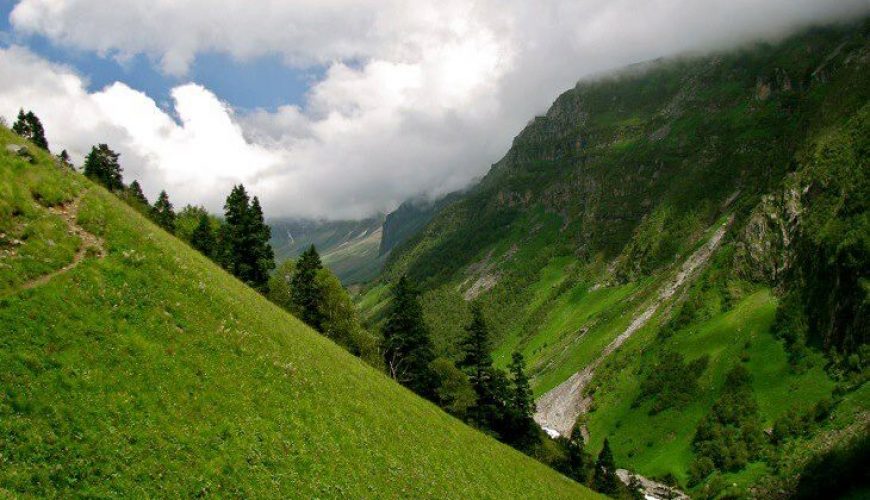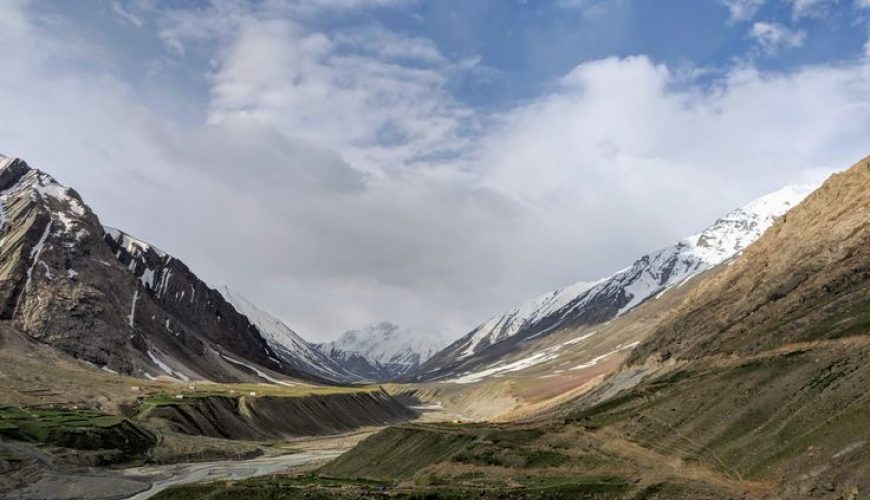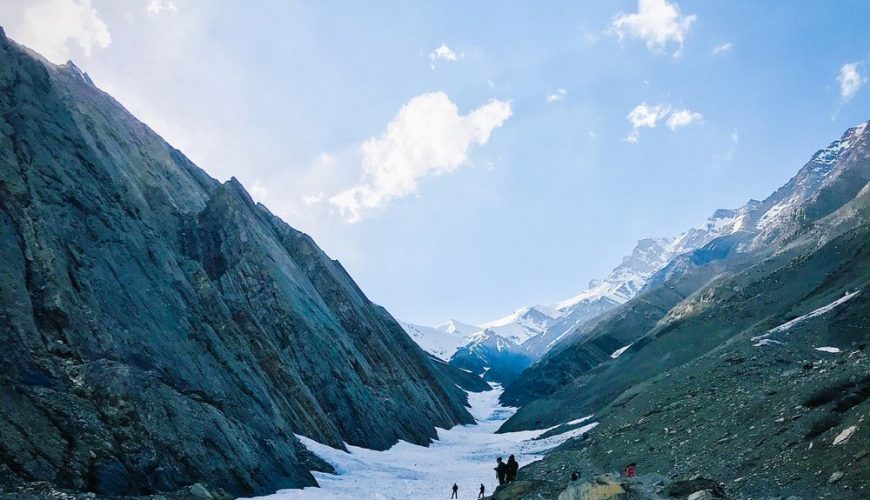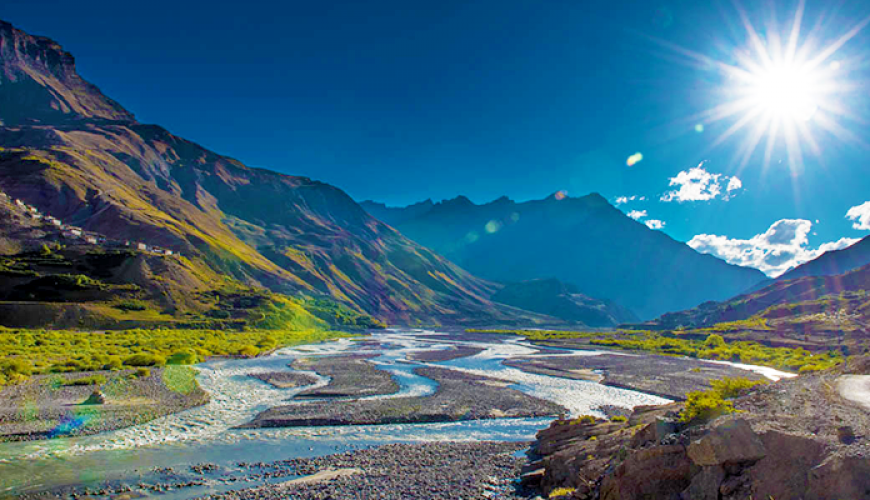Long winding roads and valleys that present unforgettable glimpses of cold desert and snow-crowned mountains welcome you when you set foot into Spiti Valley. Bordered on all sides by the Himalayas, Spiti Valley, located in Himachal Pradesh, has an altitude of 12,500 feet above sea level, and gets just around 250 days of sunshine in the year, making it one of the coldest places in the country. With the thick Himalayan snow cutting Spiti off from the rest of the country for around 6 months a year, the summer months are the only time Spiti is directly accessible via motorway.
The term Spiti means ‘The Middle Land’, as Spiti Valley separates India from Tibet. Scantily populated, Spiti is an adventure lover’s paradise, with a number of trekking trails that tourists can choose from. All of these treks start from Kaza (Spiti’s capital from where you make your base camp) to various peaks from where you can get panoramic views of the Himalayan mountains. An easy 1.5-kilometre trek along the Spiti River from Dhankar Monastery to Dhankar Lake promises gorgeous views of the villages below. The Dhankar Lake itself is a place where you can sit back and relax amidst the cool mountain air.


